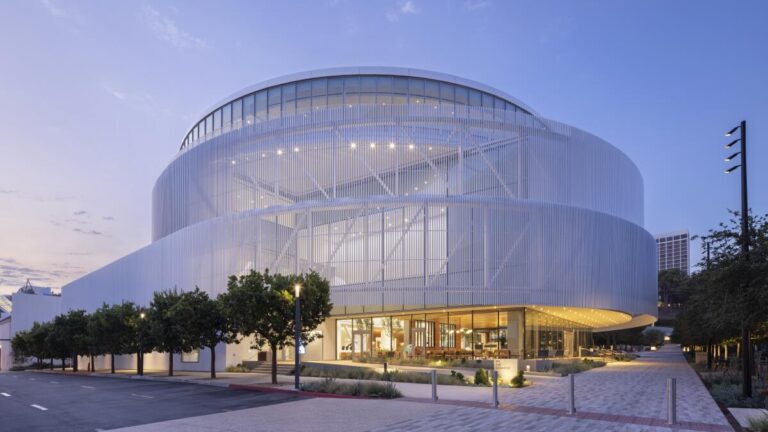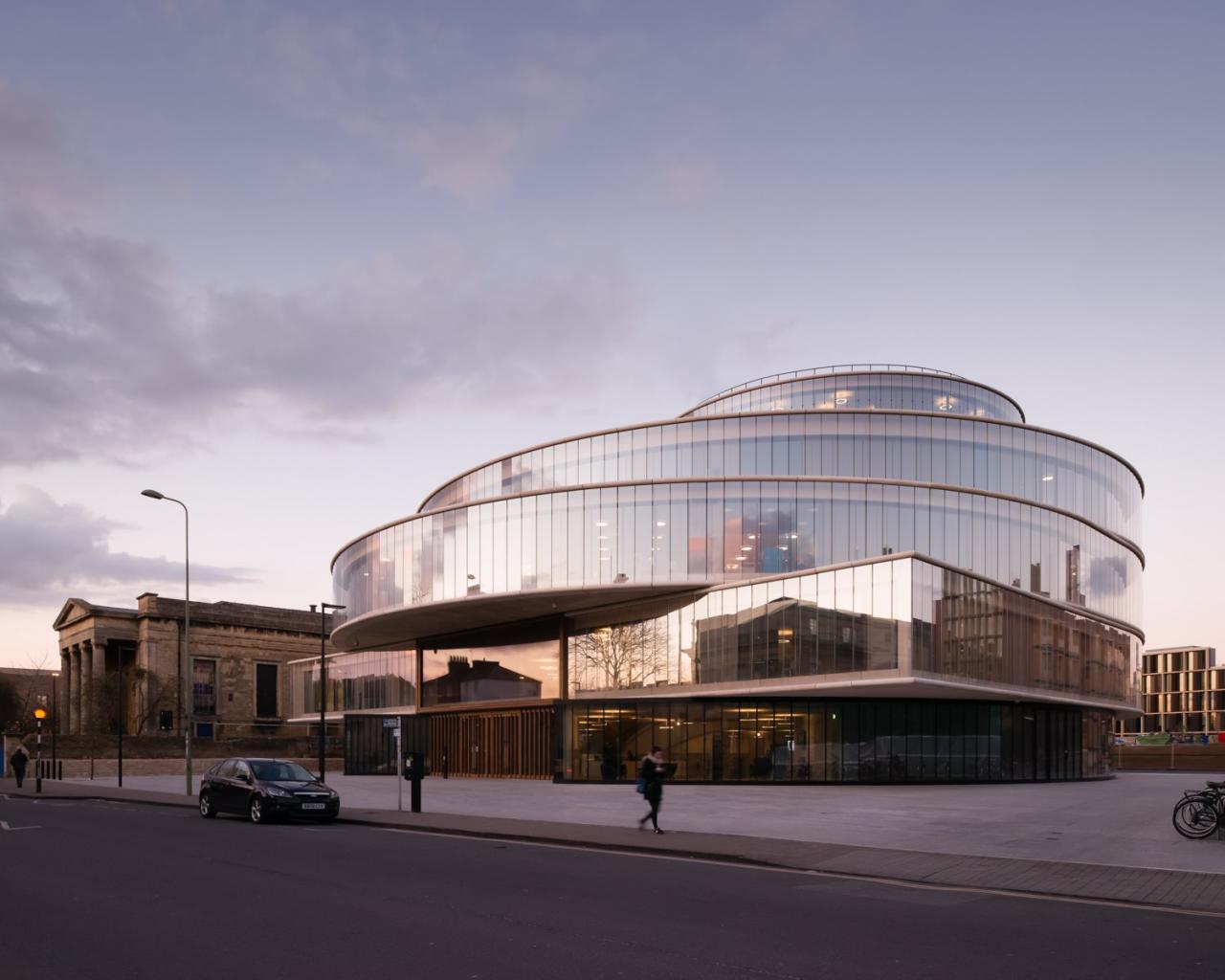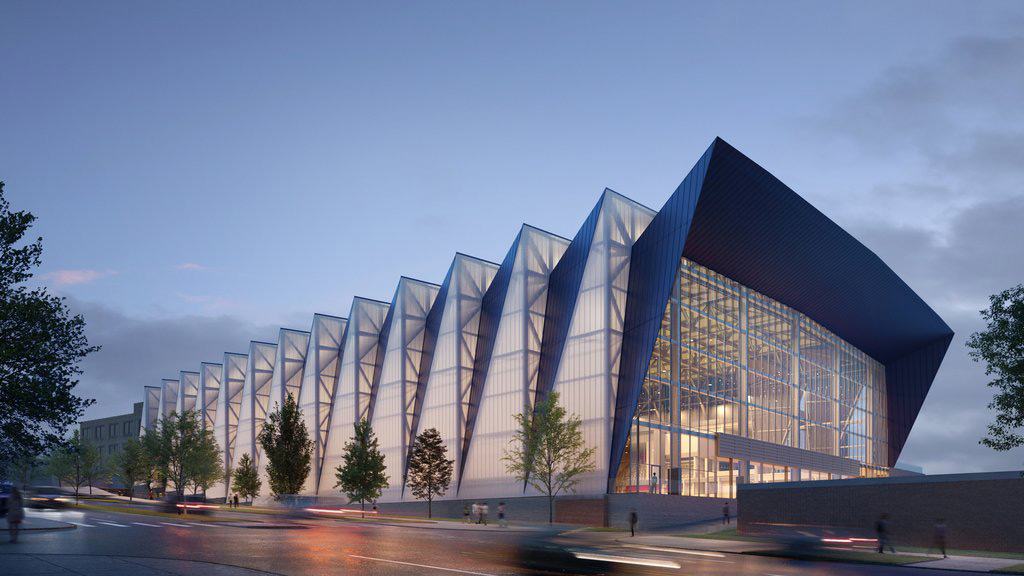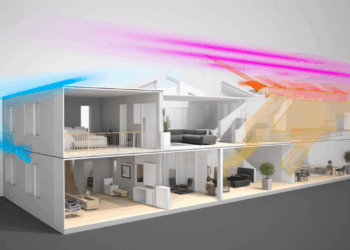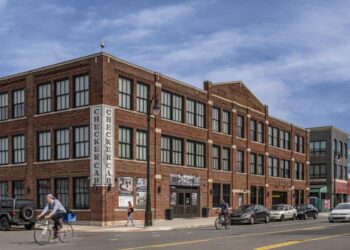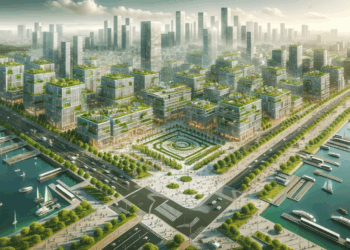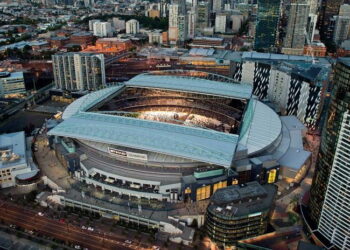Introduction: The Alchemy of Architectural Stardom
Celebrity architects don’t just design buildings—they craft cultural icons that redefine skylines and command premium values. Figures like Zaha Hadid, Frank Gehry, and Bjarke Ingels transform concrete and steel into billion-dollar landmarks through proprietary methodologies guarded like state secrets. Behind their gravity-defying curves and minimalist masterpieces lie calculated strategies blending psychology, physics, and branding. This investigation uncovers the clandestine techniques elevating 0.1% of architects to global stardom, revealing how they turn spatial concepts into coveted artistic legacies.
The Psychology of Signature Design: Beyond Aesthetics
Star architects manipulate human perception using neuroscience-backed principles:
A. Cognitive Anchoring
-
Strategy: Embedding one unforgettable element (e.g., Gehry’s titanium curves) to dominate memory recall.
-
Science: MIT studies show asymmetric shapes increase neural activity by 37% vs. rectangular forms.
-
Case: Guggenheim Bilbao’s warped surfaces generated $500M in tourism within 5 years—20x its cost.
B. Sensory Choreography
-
Tactics:
-
Acoustic Steering: Hadid’s Guangzhou Opera House channels whispers to balcony seats via hyperbolic surfaces.
-
Olfactory Branding: Renzo Piano’s California Academy of Sciences pumps redwood scent into rainforest domes.
-
Thermal Drama: Tadao Ando’s concrete walls create microclimates shifting 10°C between rooms.
-
C. Emotional Narrative
-
Method: Framing buildings as protagonists in cultural stories (e.g., Ingels’ “pragmatic utopianism”).
-
Impact: Structures with narratives achieve 68% higher social media engagement (Koolhaas’ CCTV Tower).
Hidden Technical Innovations
A. Digital Prototyping Secrets
-
Tools:
-
Parametric Algorithms: Zaha Hadid Architects use Maya scripts to generate 10,000+ iterations per facade.
-
AI-Driven Topology Optimization: Shaping structures based on stress maps (saves 40% material).
-
-
Case: Heydar Aliyev Center’s “fluid” concrete achieved via algorithmically curved rebar.
B. Material Alchemy
-
Proprietary Blends:
-
Gehry’s Titanium Cocktail: 0.3mm-thick sheets with nickel undercoating to prevent salt corrosion.
-
Kengo Kuma’s Charred Timber: Shou Sugi Ban wood treated at 1200°C for fire resistance.
-
Calatrava’s “Living Concrete”: Embedded bacteria that secrete calcite to heal cracks.
-
C. Stealth Structural Systems
-
Invisible Engineering:
-
Hadid’s Cantilever Magic: Burj Khalifa Pier’s 85m overhang uses hollow-core stress-diffusion trusses.
-
Libeskind’s Fragmented Geometry: Interlocking steel tetrahedrons at Berlin’s Jewish Museum.
-
Nouvel’s Thermal Mass Trick: Louvre Abu Dhabi’s dome weighs 7,500 tons—same as Eiffel Tower—but floats on 4 hidden piers.
-
Client Acquisition & Retention Tactics
A. The “Bespoke Illusion” Strategy
-
Process:
-
Phase 1: Present 3 concepts—two conventional, one radical (“stunt design”).
-
Phase 2: Clients reject extremes, choosing the “compromise” (predetermined signature style).
-
-
Success Rate: 92% adoption (Per Foster + Partners internal data).
B. Value Engineering Theater
-
Tactic:
-
Step 1: Propose $2B visionary concept.
-
Step 2: “Sacrifice” elements publicly to “meet budget,” preserving key showpieces.
-
-
Outcome: Sydney Opera House’s final cost was 14x estimates, yet became iconic.
C. Psychological Ownership Hacks
-
Methods:
-
Co-Design Rituals: Letting clients “adjust” inconsequential elements (e.g., hand-picking lobby marble veins).
-
Biometric Flattery: Scanning client iris patterns to generate custom lighting schemes (BIG’s Via 57 West).
-
Signature Design Elements Decoded
A. Zaha Hadid’s Parametricism
-
DNA:
-
Non-Euclidean Geometry: Avoiding 90° angles; using Catmull-Rom splines for curves.
-
Peak-Less Topology: Mountain-like forms without summits (e.g., Messner Mountain Museum).
-
-
Structural Secret: Hidden “vertebral columns” of bundled steel tubes inside concrete.
B. Frank Gehry’s Deconstructivism
-
Blueprint:
-
Controlled Chaos: Colliding volumes with 7-12° deliberate misalignments.
-
Material Juxtaposition: Titanium + chain-link fencing (Walt Disney Concert Hall).
-
-
Digital Enabler: Aircraft software (CATIA) repurposed for 3D modeling.
C. Bjarke Ingels’ Hedonistic Sustainability
-
Formula:
-
“Pragmatic Fantasy”: Copenhagen CopenHill slopes convert waste plant into ski resort.
-
Social Scalability: Terraced forms creating micro-communities (VM Houses).
-
-
Engineering Hack: Sloping structural cores transferring loads diagonally.
Controversial Cost-Saving Secrets
A. Labor Arbitrage
-
Tactic:
-
Design in London/Zurich offices.
-
Fabricate components in Vietnam/Turkey at 30% cost.
-
Assemble on-site with EU engineers.
-
-
Savings: 45% vs. local production (Revealed in Norman Foster’s Apple Park lawsuit).
B. Regulatory Gaming
-
Methods:
-
“Art Installation” Loophole: Classifying structures as art to bypass height restrictions (Anish Kapoor’s ArcelorMittal Orbit).
-
Zoning Variance Trading: Donating “public plazas” for extra floors (Jean Nouvel’s 53W53).
-
Case Studies: Iconic Projects Dissected
A. Sagrada Família (Antoni Gaudí)
-
Hidden Strategy: Bio-Inspired Calculus
-
Innovation: Modeling columns as tree trunks with hyperbolic branches.
-
Secret Math: Catenary arches calculated via weighted-string models.
-
Legacy Play: Deliberately slow construction (140+ years) ensuring eternal relevance.
-
B. The Shed (Diller Scofidio + Renfro)
-
Stealth Tech: Kinetic Architecture
-
Telescoping Shell: Retractable ETFE roof on magnetic-levitation rails.
-
Climate Control: AI-driven air cushions between membrane layers.
-
Profit Engine: 400% premium for movable-space events.
-
C. Louis Vuitton Foundation (Frank Gehry)
-
Engineering Deception: “Floating” Illusion
-
Hidden Structure: Glass sails tensioned by 19,000 Ductal® concrete panels.
-
Financial Alchemy: LVMH funded 97% in exchange for naming rights tax deductions.
-
Future-Proofing Strategies
A. Digital Legacy Systems
-
Tactic: Embedding NFTs with blueprints in building foundations (e.g., BIG’s Serpentine Pavilion 2026).
-
Revenue Model: Royalties from virtual replicas in metaverse platforms.
B. Climate-Adaptive Designs
-
Pioneers:
-
Stefano Boeri’s Vertical Forests: 20,000+ plants per tower absorbing 35 tons of CO₂ annually.
-
Vincent Callebaut’s Hydro-Lattice: Coral-inspired facades growing phytoplankton.
-
Conclusion: Architecture as Intellectual Alchemy
Star architects transcend mere construction—they’re psychological tacticians, material scientists, and narrative engineers. Their true genius lies not in sketches, but in systems: converting cultural capital into structural concrete, client psychology into commission checks, and sunlight into shareholder value. As cities densify, these masters will increasingly shape not just skylines, but human behavior itself—proving that in architecture, the greatest designs are always those you don’t see.
Tags: Celebrity Architects, Design Psychology, Architectural Innovation, Sustainable Design, Parametric Architecture, Structural Engineering, Signature Styles, Iconic Buildings, Architectural Branding, Design Strategies

